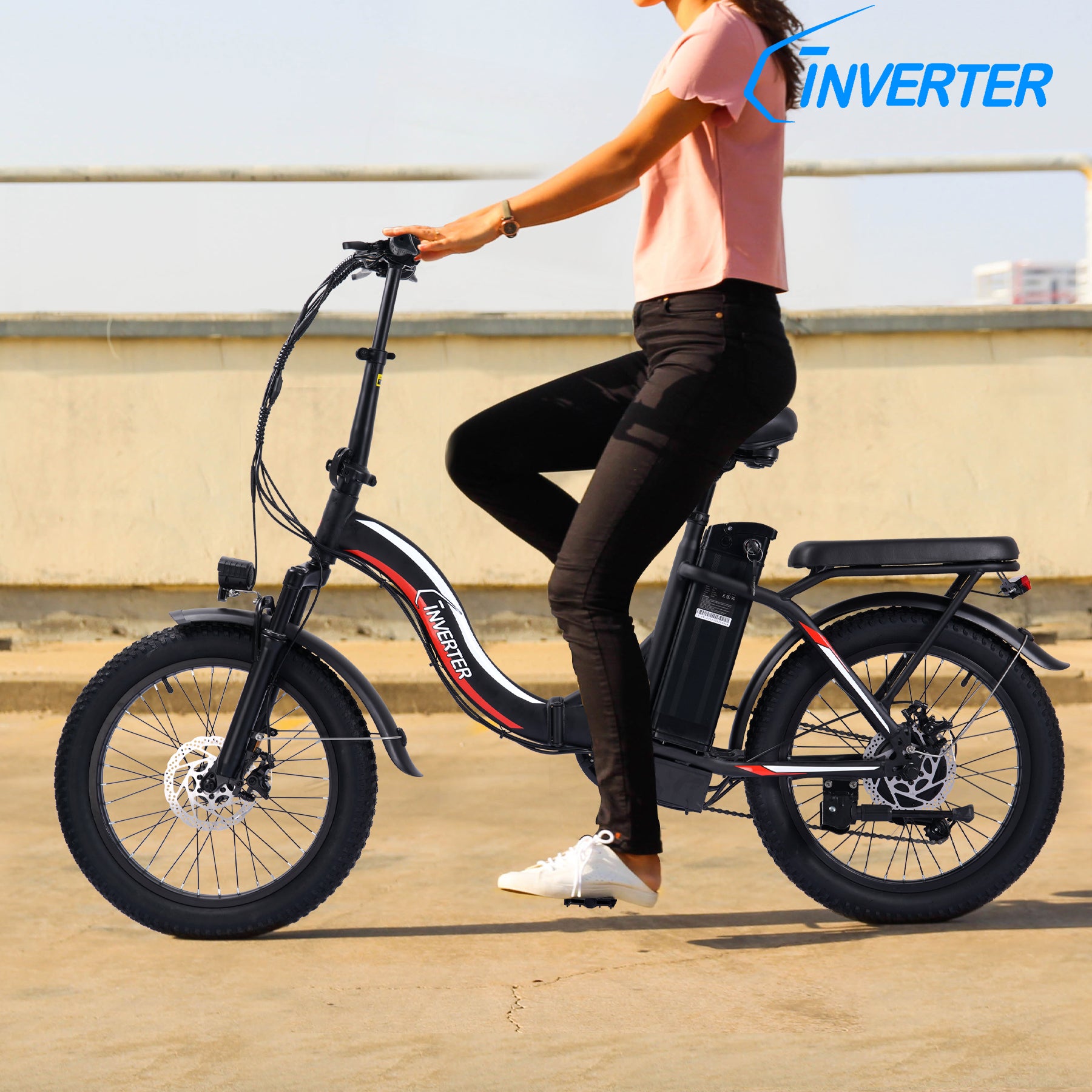When it comes to electric bicycles (e-bikes), the battery is a critical component that requires proper care and maintenance. Whether you're deciding between indoor or outdoor charging, it's important to understand how to keep your e-bike battery safe and well-maintained.
Lithium batteries, which are prevalent in the e-bike market, generally have a longer lifespan than lead-acid batteries, ranging from 5 to 10 years. While they don't require frequent maintenance, observing some key safety tips and maintenance practices can extend their life and enhance safety.
Prevent Over-Discharge and Overcharge
Lithium-ion batteries typically have a cycle life of about 500 to 800 charges. They should be recycled and disposed of according to local regulations once they reach the end of their life. Avoid completely depleting the battery, as this can cause permanent damage. It's safe to charge your e-bike whenever it's convenient for you. Contrary to old beliefs, lithium-ion batteries do not need to be fully charged for 12 hours initially; doing so can actually reduce their service life. Most e-bikes have indicators and display screens that warn you when the battery is low, prompting you to charge it. Overheating is the main concern for lithium batteries, so avoid charging in temperatures exceeding 40 degrees Celsius.

Always Use a Compatible Charger
Use a suitable charger to prevent high current charging, which can affect the battery's lifespan and cause overheating. Lithium batteries are more chemically active than lead-acid batteries and require higher-quality chargers. Using an unsuitable charger can lead to serious overheating and even explosion. If your charger is lost or damaged, purchase a replacement from the official e-bike manufacturer's website.
Avoid Extreme Temperatures and Confined Charging Spaces
Charge the battery at an ambient temperature between 5°C and 35°C. Charging at temperatures below 0°C or above 60°C can damage the battery or prevent it from charging. Avoid using the e-bike in temperatures below −10°C or above 40°C, as this can impair performance. In low or high-temperature environments, battery capacity may decrease, and charging time may increase. Avoid charging in high-temperature environments or closed spaces, as this can reduce battery life and pose safety risks. It's recommended to charge during the cooler parts of the day, especially in summer, to maintain an optimal lithium battery charging temperature of about 25°C.
Avoid Charging When the Battery Is Overheated
Like all batteries, lithium batteries generate heat during charging and discharging. To prevent excessive heat, avoid charging your e-bike immediately after use; wait at least 30 minutes before charging.
Do Not Wet the Battery
Keep the battery dry and avoid exposing it to liquids. Do not ride in the rain or use your e-bike in humid conditions, as this can cause battery damage and increase the risk of spontaneous combustion. If you ride in wet conditions, ensure the e-bike is dried off promptly to prevent water from seeping into the battery compartment.

Do Not Disassemble the Internal Battery
Avoid disassembling the battery, controller, or attempting to repair the battery if you're not skilled in electrical repairs. If you suspect battery damage, it's safer to purchase a replacement of the same model or consult the e-bike manufacturer's technical service.
Avoid Storing With Full Charge, Charge Regularly During Long-Term Storage
If you plan to store your e-bike for an extended period, remove the battery and store it in a cool, dry place with a temperature between 15°C and 25°C. Do not store batteries in extreme temperatures. When storing a lithium battery long-term, charge it to about 80% and unplug it (avoid charging to 100%). This level can be maintained for about three months without significant damage. If storage extends beyond this period, recharge halfway, aiming for 50% charge.
Final Words
In the unlikely event of an indoor fire, disconnect the charging power supply immediately and, ensuring your safety, move the product outdoors and extinguish the fire with a water-based fire extinguisher or sand.
By following these battery safety tips and maintenance guidelines, you can prolong the life of your e-bike's battery, improve its performance, and ensure a safe and enjoyable riding experience.


Leave a comment
This site is protected by hCaptcha and the hCaptcha Privacy Policy and Terms of Service apply.